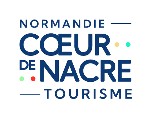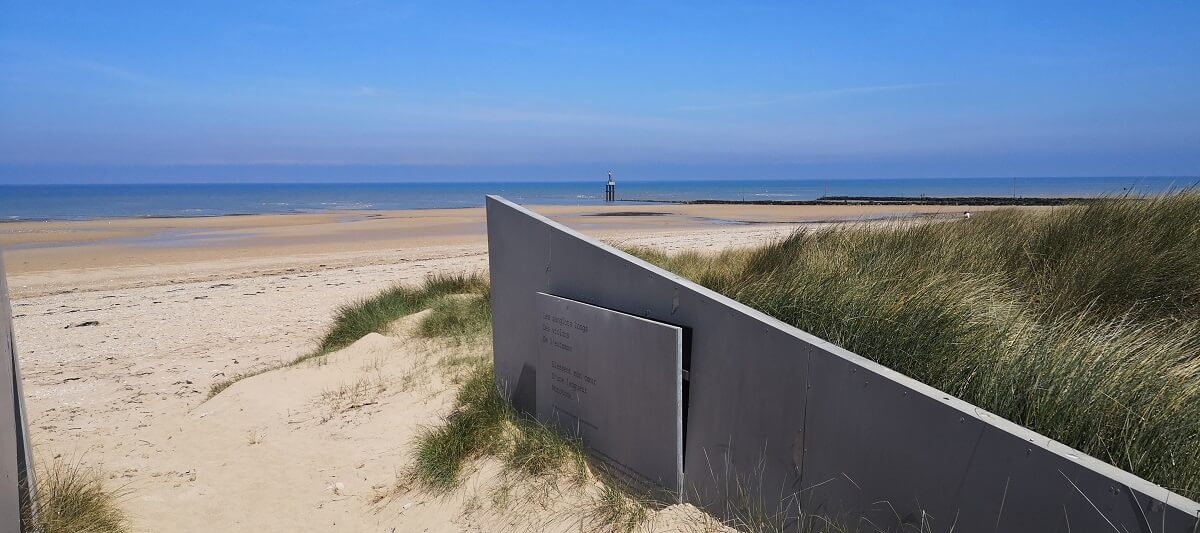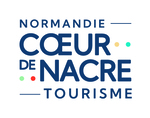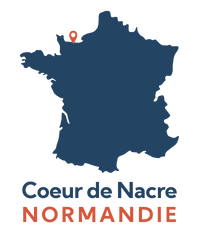With over 200 remains and museums from the Second World War in Normandy, it’s not easy to know where to start.
The Juno Sector might be less known than Omaha or Utah but it has the most remains of the Second World War.
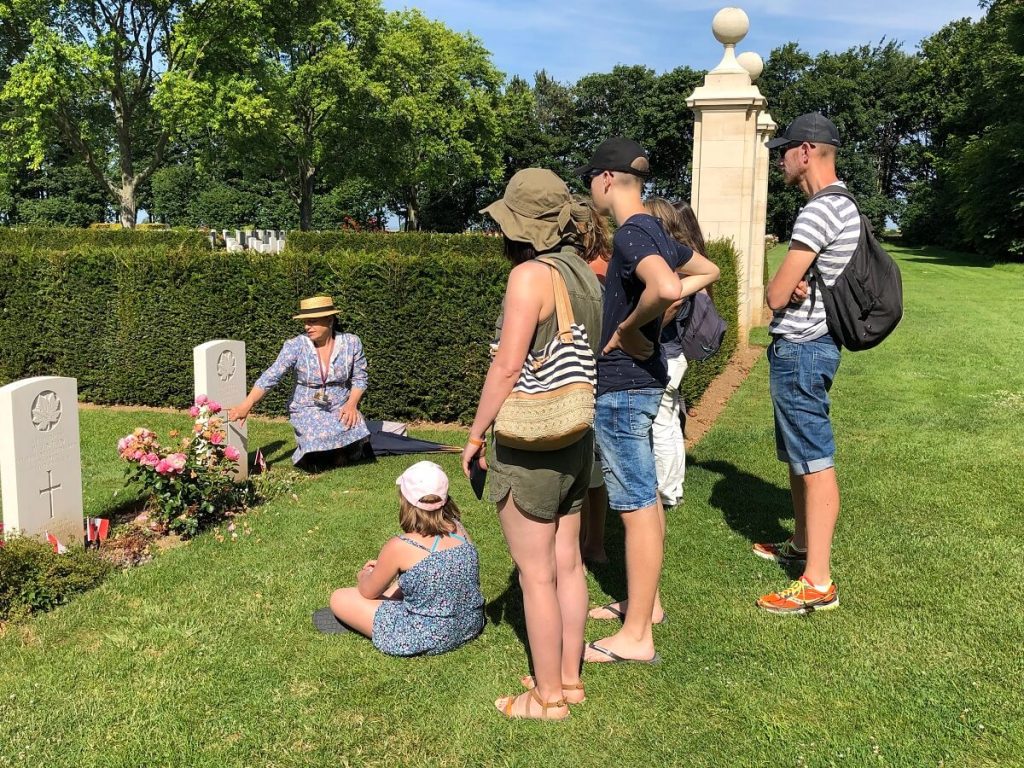
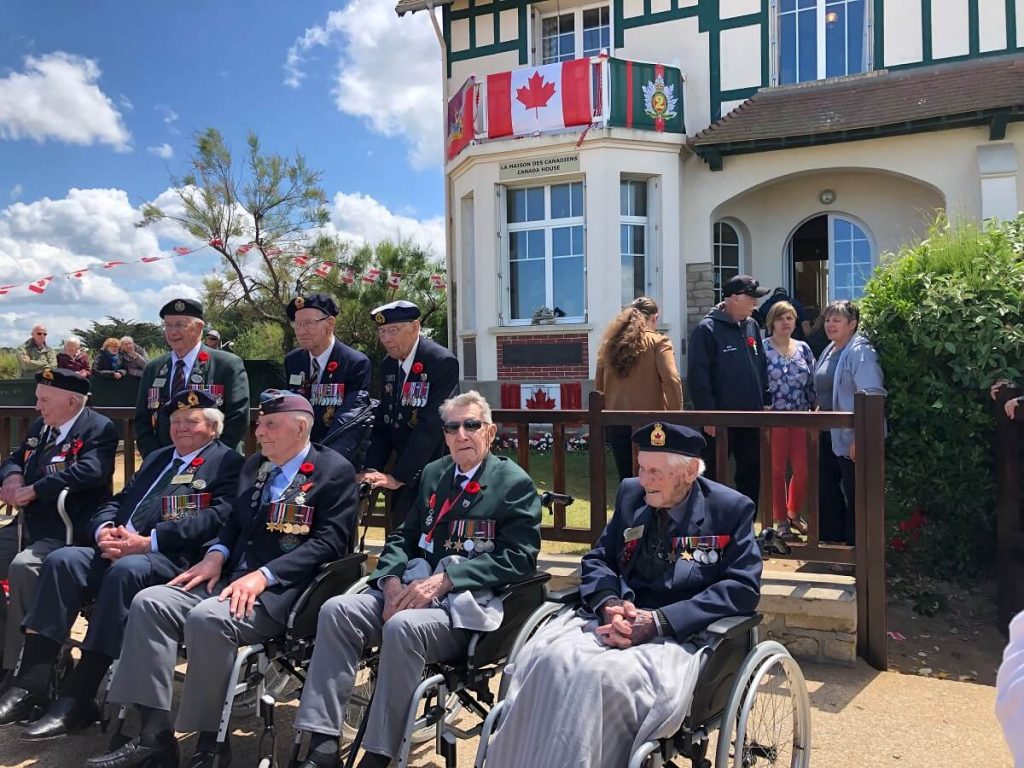
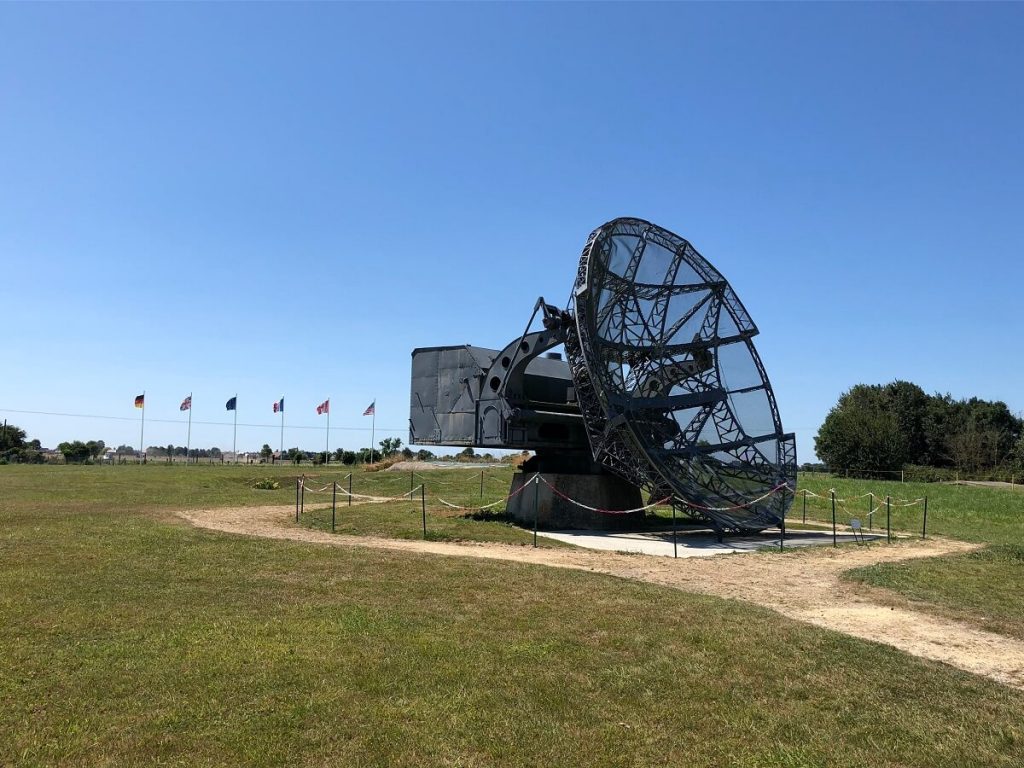
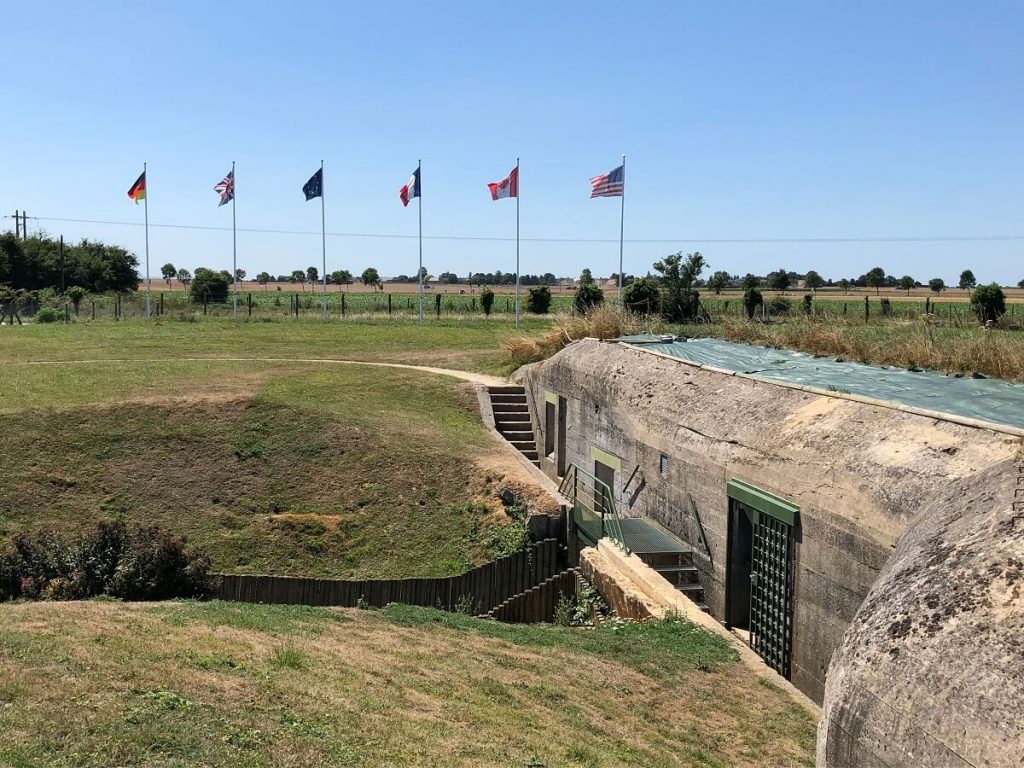
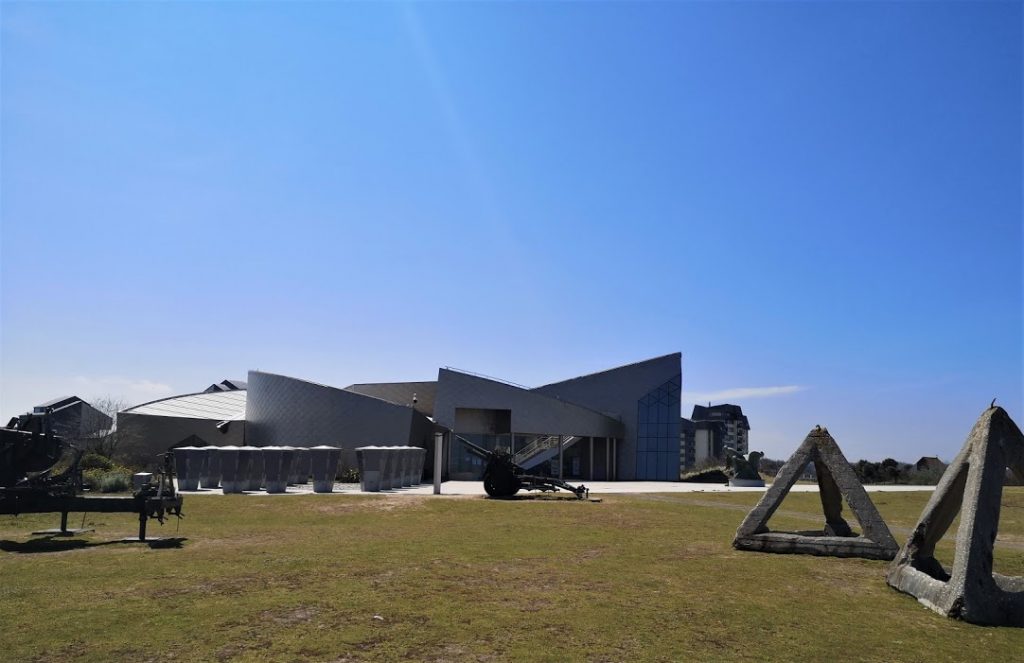
Bunkers, tanks, canons…
…each village on the coast is an open museum.
I’d like to visit in:
Day 1, the Juno Beach sector :
Juno Beach Centre, Courseulles-sur-mer : Facing Juno Beach, in the heart of the remains of the Atlantic Wall, it is the only Canadian Second World War museum in Europe. With 5 visiting rooms, 2 projection rooms, numerous objects of the war and its interactive modules, this museum is a unique interpretation and mediation centre, left as a heritage by the veterans who contributed to its realization, particularly adapted to the visit in family.
Canada House, Bernières-sur-mer : The first house liberated by the sea landing on 6 June 1944. Canadian soldiers were instructed to leave it alone as it was a landmark on the coast. It appeared on all Allied maps of the Juno sector and was known as the “famous house”.
Canadian War Cemetery of Bény-sur-Mer/Reviers : Here lie the 335 soldiers of the 3rd Canadian Division who landed on 6 June 1944 in the area of Juno Beach and who were engaged in the fighting. Most of these buried soldiers were killed in June and early July 1944 during the Battle of Caen and on D-Day in the terrible fighting on the beach. The Canadian prisoners of war executed by the SS-Panzer Hitlerjugend at the Abbey of Ardenne are also buried in this cemetery. Also buried in the 2049 graves are 1694 Canadian soldiers and 15 airmen who fell in the fighting on the advance inland, as well as one airman, three British soldiers and one French soldier.
Day 2, the Sword Beach sector :
Radar museum, Douvres-la-Delivrande : The only radar station kept in its originals state of the D-Day Landing beaches. It is located in an authentic German radar station built between 1942 and 1944, which was one of the most important air defence stations of the Atlantic Wall with its five radars that could detect targets 400 km away.
Atlantik wall museum – the grand Bunker, Ouistreham : Established inside a former Atlantic Wall firing command post, this museum presents a reproduction of what the post looked like back in 1944. On the top level, the telemetry post overlooks the entire Orne estuary.
Pegasus memorial museum, Ranville : The Pegasus Memorial Museum, located between Caen and the sea, tells the story of when the very first liberators from the British 6th Airborne Division landed on Norman soil on the night of the 5th to the 6th of June 1944. Period documents, films and objects. Guided tours of the museum, of Pegasus Bridge and of the reproduction of a WWII glider.
Day 3, Gold Beach and Omaha Beach sectors :
Arromanches and its artificial harbour but also the 360° cinema: projected on 9 screens, never-before-seen archive images from Canada, the United States, Great Britain and France retrace the 100 days of this terrible battle.
German military battery site, Longues-sur-mer : a major construction of the Atlantic Wall, at the top of a cliff overlooking the English Channel, this coastal defence battery includes a fire command post and four casemates, each housing a 150mm artillery piece.
Omaha Beach and the American cemetery, Colleville-sur-mer : this 70 hectare site overlooks Omaha Beach. It contains the graves of 9,387 fallen soldiers. The chapel, the memorial and the garden of the missing complete the site.
Pointe du Hoc heritage site, Cricqueville-en-Bessin : stormed on the morning of 6 June by Colonel Rudder’s Rangers, it is one of the strong points of the German fortifications on the coast. Today, this place evokes what was an artillery battery with its fire direction post, its casemates, its shelters…
German cemetery, La Cambe : the cemetery contains the graves of more than 21200 German soldiers. 1220 maple trees have been planted here as living symbols of peace and reconciliation between nations.
Find out more about the sites and museums of the D-Day landing beaches.
